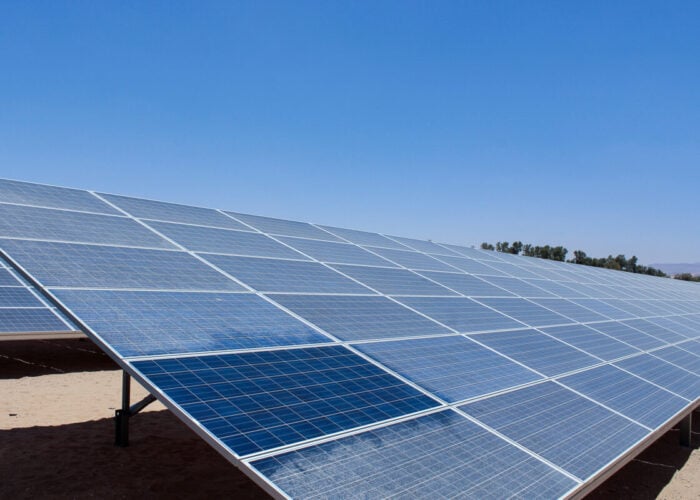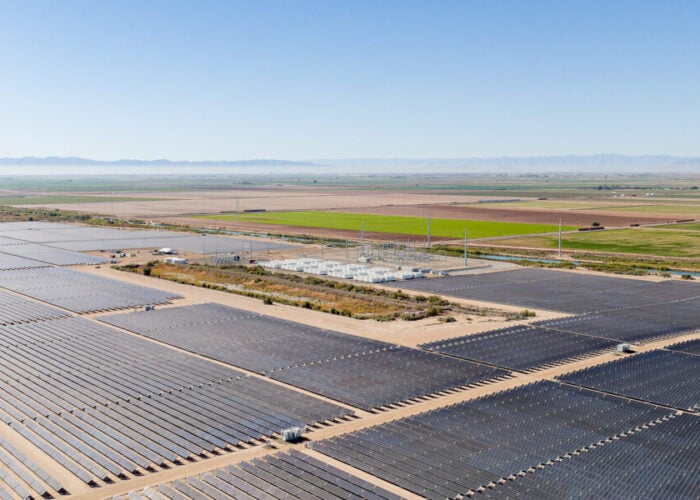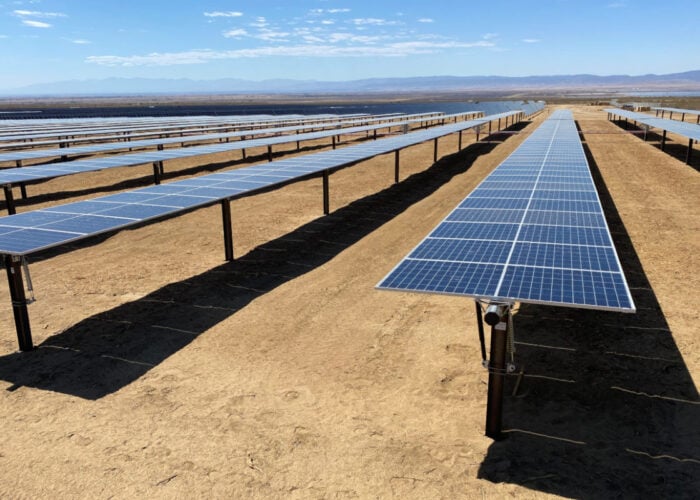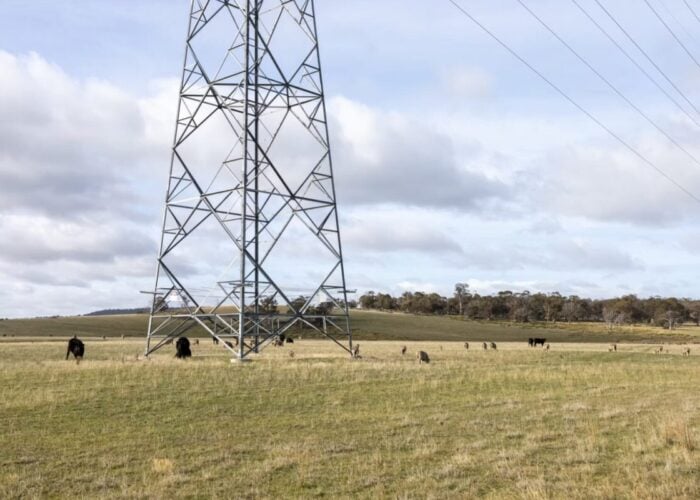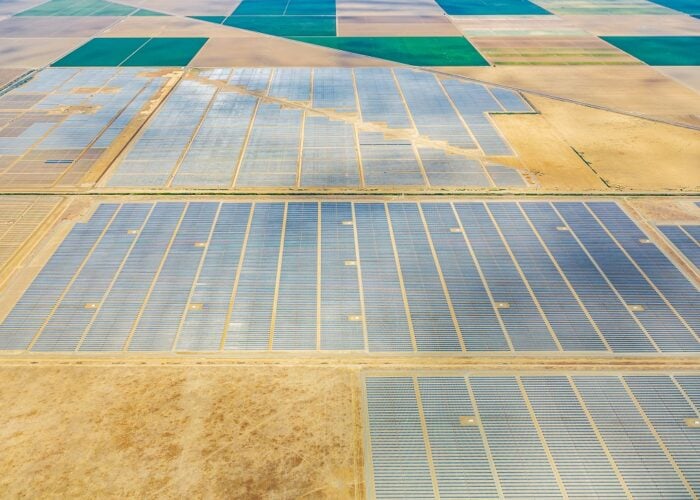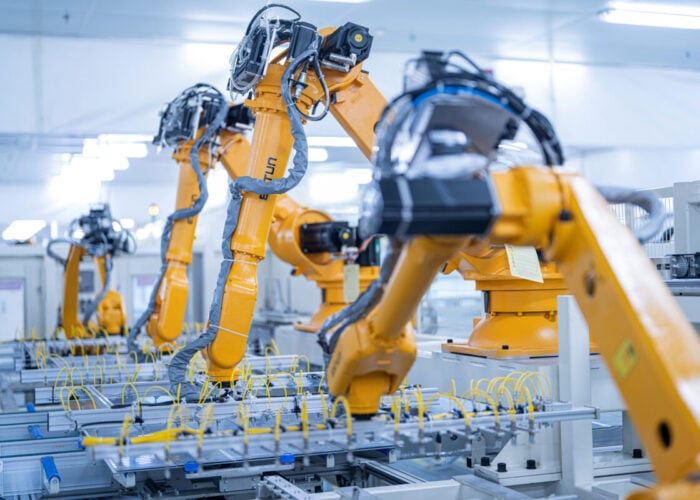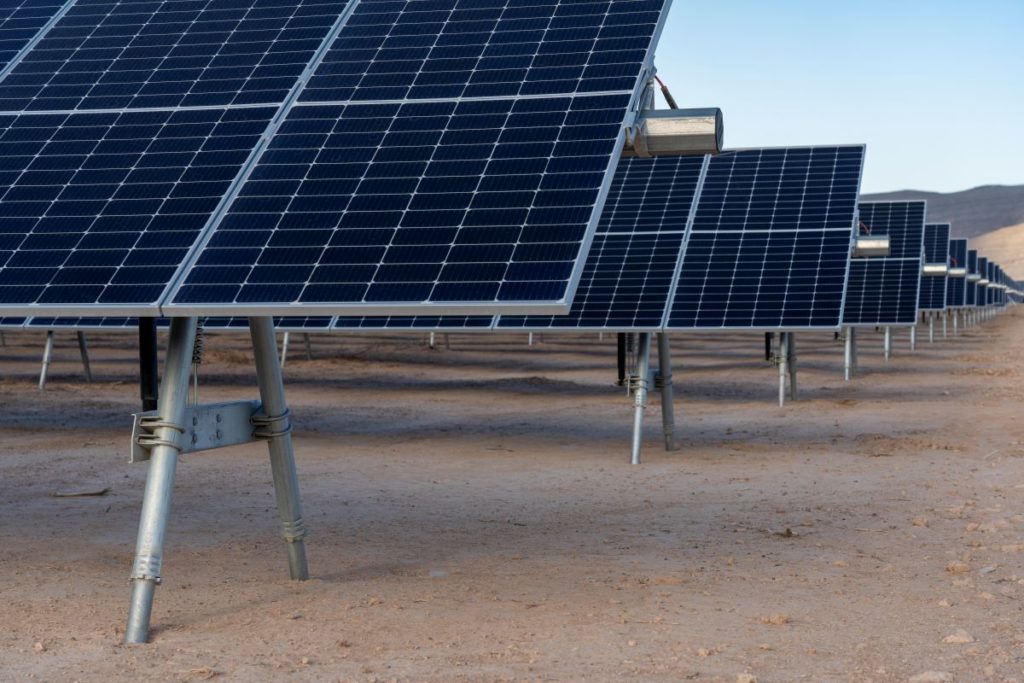
In a utility-scale solar project in the US, the ideal would be to have a site that is flat, or as close as possible to it, but with fewer favourable sites available for developers or engineering, procurement and construction (EPC) firms, one of the biggest challenges for solar projects are sites that are undulating, says Drew Reasor, project engineer at EPC firm Burns & McDonnell.
“If a site has a uniform slope, whether that’s flat with a zero slope, or it could be uniformly 5%, or even 10%, those cases are much easier to handle. It’s when a site undulates between a negative 4% slope and then it switches to positive 6%, that sort of transition is what makes more modern solar sites challenging.”
Unlock unlimited access for 12 whole months of distinctive global analysis
Photovoltaics International is now included.
- Regular insight and analysis of the industry’s biggest developments
- In-depth interviews with the industry’s leading figures
- Unlimited digital access to the PV Tech Power journal catalogue
- Unlimited digital access to the Photovoltaics International journal catalogue
- Access to more than 1,000 technical papers
- Discounts on Solar Media’s portfolio of events, in-person and virtual
The solution to these types of sites does not require any new formula, as it has been the same for a long time which requires looking at the grading in order to design something that fits the requirements of both the tracker system and the foundation that is being built, says Reasor, adding: “Ultimately, the greater the undulations you have, the more of a restriction and an impact that it has on both the loads from the tracker, and therefore the loads that you see in the piles themselves.”
Depending on the project site’s undulations, it can be handled in two different ways says Reasor; either by picking a system and foundation that works for it the way it is, or by utilising civil work, civil design and civil grading on the project to make the problem disappear. “It’s pretty much handling it between accepting the problem for what it is and working with it or overcoming that problem, and making it go away,” explains Reasor.
Tracker manufacturers have in the past few years come up with solutions that work around undulating slopes to respond to these types of projects that are becoming more frequent.
However, this is not the only challenging issue for an EPC when working on a project, with the soil composition adding another layer (no pun intended) of difficulty, depending on what lays below. With a country so big as the US, this can easily vary from state to state, or even within a city. Similar to the slope of a site, soil-friendly projects are becoming less frequently found as time passes.
“As an industry, we’ve found that we’re running out of those easy sites. We’re now increasingly faced with what they refer to as subsurface risk. Those are limestone layers, cobble, caliche soil that’s hard from the very, very top or, by the time you get through a little bit of topsoil, extremely hard, like cement hard soils,” says Mike Miskovsky, chairman and CEO at solar foundation company Ojjo.
Structural engineers need then to come with a solution that is strong enough for the system to not fail, but not strong enough so the solution does not become impractical, explains Reasor. “A good example of that is, in the extreme case, you have a solid bedrock which is extremely strong. If you anchor to it, your system will virtually never fail, which is outstanding. The impractical side of that is how is someone supposed to install a foundation system for a solar tracker into solid bedrock?”
In the end, the foundation solution selected for a project will be highly dependent on the type of soil you would encounter on your site, as there is not a solution that would fit all cases. Driven steel pile foundations are seen as the default in North America, says Reasor, and they work for a high number of cases, but they are not suited for certain extreme conditions.
A solar foundation that goes through challenging soils
One of the newcomers in the field of solar foundations is Ojjo, which came up with a solar foundation built as a truss, which looks similar to a reversed V shape, as seen in the picture. What the company found out was that it was very efficient in these more complicated soil and shallow bedrock as described above by Miskovsky that are becoming more frequent across North America.
“Truss geometry can abide alterations up to five feet. You’re going to have trusses that are nine feet tall or trusses that are four feet tall on the same job site, which means a lot of undulating terrain could be absorbed. By comparison, an H pile foundation can usually only handle about a foot and a half worth of difference in reveal before you need to begin grading or seek for a different foundation,” explains Miskovsky.
The idea behind that new solar foundation was to not just lower the workload required by removing some of the pre-drilling process, but also the amount of material needed, thus reducing the use of steel, while increasing cost effectiveness as it compresses the tasks, explains Miskovsky.
“There’s maybe another component to this, that’s it’s not directly related to cost, but over the long term, it certainly is. And that is that there are many sites these days that prohibit grading, the flattening of or removing of the erosion points or washes where rainfall would tend to return to follow a path of a given piece of topography,” says Miskovsky, adding that the physical characteristics of a truss are more inherently more flexible foundation to use in order to avoid grading.
Considering the topography of a solar PV site into the capital analysis of the feasibility of a project is important, explains Reasor and can make or break a project’s finance. “The reason for that is, the civil design for a site is one of the very few things that you can control.”
Challenges of working on high topsoil for agriPV
More and more players in the industry are interested in agrivoltaics (agriPV) and the benefits of developing a solar PV project in an agricultural land, which can free up sites for development through their dual use, and can be cost-effective too.
However, there are still requirements to take into account when working on agricultural land, with one challenge being that these have usually a “healthy amount of topsoil in order for things to grow”, explains Reasor.
This means that they would be more labour intensive, time intensive and have a higher cost to do civil works in areas with considerable topsoil, which are most of the farming areas, adds Reasor.
Furthermore, a common practice in agricultural projects in North America is the use of drain tiles. These are located below the ground across farm fields or other low lying areas, with the purpose being to help drain away from the farm land and avoid that crops are killed by an abundance of water.
The issue with these is that more often than not, farmers do not have these mapped out which forces an EPC to take that information into account when working through it.
“When you’re trenching for cable, or you’re driving piles, right in these farm fields. If it’s there, you’re going to find it. So making sure that your design effort upfront is paired with your construction effort. That way, you are accounting for the fact that yes, you’re going to damage it,” concludes Reasor.

